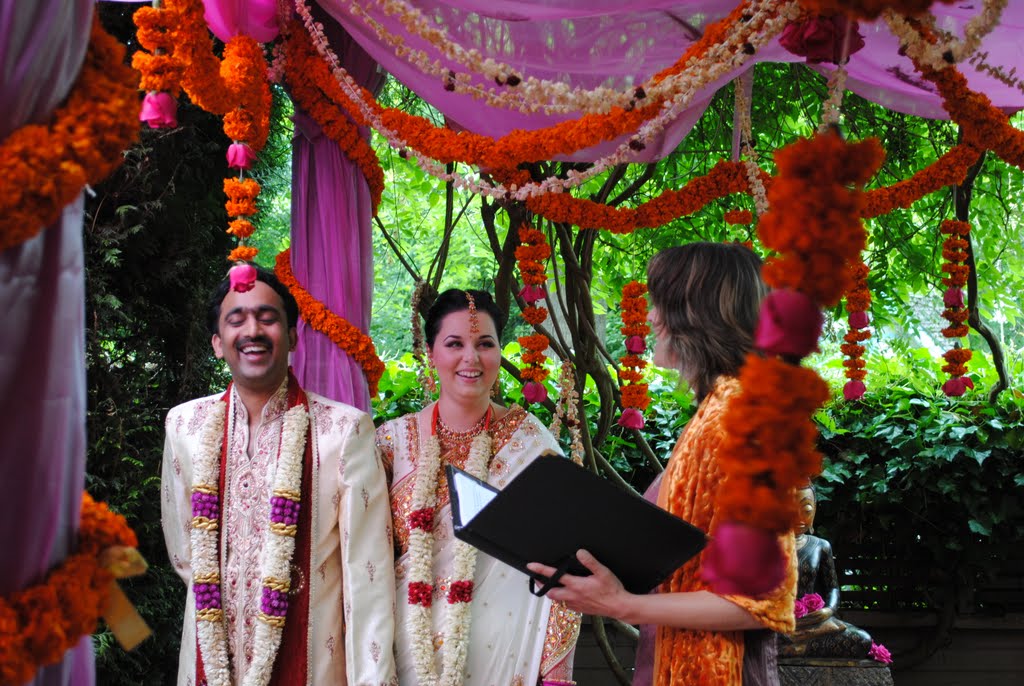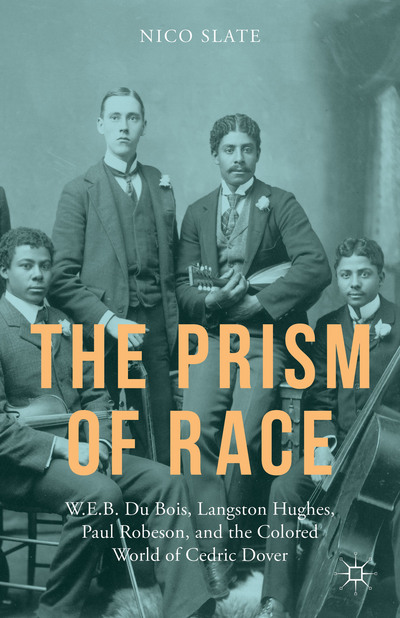Hybrid by Robert WoodPosted in Articles, Autobiography, Media Archive, Oceania, Passing on 2016-06-15 16:25Z by Steven |
Mascara Literary Review
2015-10-04
Robert Wood
Robert Wood grew up in a multicultural household in Perth. He holds degrees from the Australian National University and the University of Pennsylvania, where he was a National Undergraduate Scholar and a Benjamin Franklin Fellow respectively. He has edited for Margaret River Press, Wild Dingo Press and Overland, and volunteered for the Small Press Network, Philadelphia Fringe Festival and Books through Bars. He has published work in literary journals such as Southerly, Plumwood Mountain and Counterpunch and a academic journals including Foucault Studies, JASAL and Journal of Poetics Research. He currently hosts a reading and conversation series at The School of Life and is a regular contributor to Cultural Weekly. His next book, heart-teeth, is due out from Electio Editions later this year.
What is the hybrid to do?
I have passed as a white man for most of my life. I have a name – Robert Wood – that is invisible in the hegemonic Anglo society of suburban Australia. I have a body that if a little tanned, a little hook nosed, a little ‘Latin’ or ‘Mediterranean’, is nevertheless unthreateningly, benignly unnoticeable. I present in dress and language, in what Pierre Bourdieu called habitus, as white. But I am also a person of colour. My mother is brown. She is Malayalee from Kerala in South India. Although there are degrees of complexity and complexion in the vales and folds of family history, through her I participate in a network of colouredness. Colouredness means both the aesthetic reality of the body itself, how we look, and the political meaning of bodies, how we are represented. In other words my mother’s skin is literally not ‘white’ (or for that matter ‘pink’, ‘yellow’ or ‘black’) and we have a shared history of colonial oppression that is racially based, which involves the British, the Portugese and northern India…
Read the entire article here.





